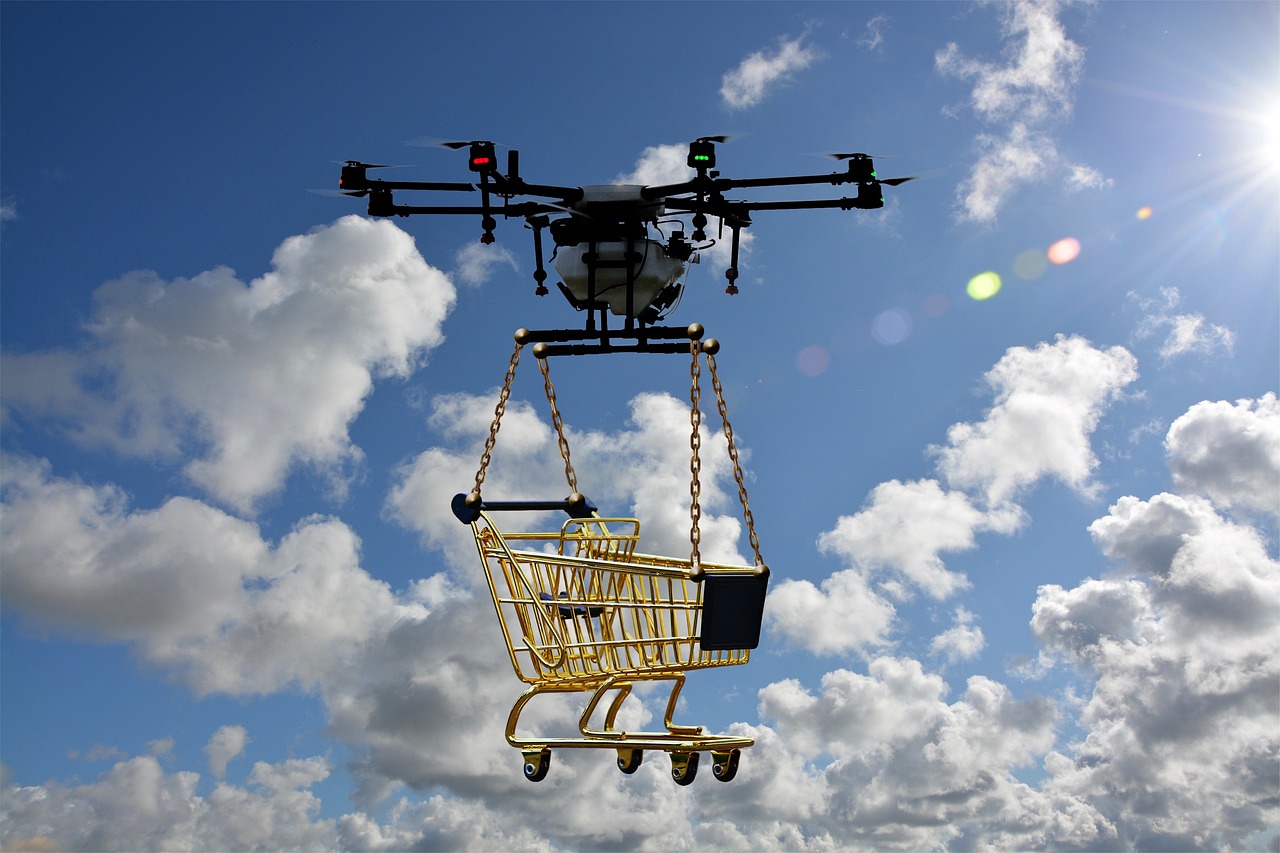The advancement of superintelligent AI systems in warfare is a topic of escalating concern, as highlighted by the development of cutting-edge military technologies like the Advanced Battlefield Management System (ABMS) and the Joint All-Domain Command-and-Control System (JADC2). These AI-powered systems have the potential to automate critical battlefield decisions, even extending to the control of nuclear weapons, raising alarms about the looming specter of unintended nuclear conflict. Despite lingering doubts about the maturity of AI technology, the US Department of Defense is actively pushing forward with the creation of automated Command and Control (C2) systems, funneling substantial resources into these projects.

Unmanned autonomous technologies have undeniably reshaped the landscape of modern warfare, heralding a new era where artificial intelligence enhances precision, adaptability, and strategic foresight on the battlefield. The fusion of AI with unmanned systems, including UAVs, autonomous land vehicles, and unmanned maritime platforms, has ushered in a paradigm shift in military operations. This evolution, exemplified by China’s strides in autonomous technologies, introduces novel challenges and opportunities in conflict scenarios. The rise of integrated autonomous systems comprising drones, robotics, and AI presents a formidable arsenal capable of disrupting defenses and infrastructure, notably through the utilization of drone swarms.
The ongoing utilization of low-cost drones by Ukraine in defense against Russian aggression underscores the increasing prominence of autonomous weapons in modern warfare, with humans currently retaining ultimate decision-making authority. The specter of cyberattacks looms large as a potent threat, capable of influencing not just military outcomes but also civilian life and political landscapes. It is notable that Ukraine’s defense capabilities are bolstered by the Starlink satellite system, overseen by none other than Elon Musk, a figure whose influence in technological and military spheres is becoming increasingly pronounced.
Within the discourse on the integration of AI in weapons systems, including drones and AI targeting programs, concerns are mounting about the ramifications of AI entanglement in nuclear weapons systems. Countries such as Russia, Ukraine, Israel, and the US are actively incorporating AI into their military frameworks, prompting experts to caution against the risks of AI hastening decision-making processes and complicating the management of lethal weaponry. Former senator Sam Nunn and other experts stress the imperative of elongating decision times for leaders during moments of heightened tensions to avert catastrophic outcomes. The opacity of AI decision-making, coupled with the potential peril of AI control over nuclear arsenals, underscores the necessity for robust legislation to prevent AI from supplanting humans in critical decision-making junctures.
Elon Musk’s projections that artificial intelligence and drones will come to dominate future conflicts underscore the imperative for the US to ramp up domestic drone production swiftly. Musk’s advocacy for proactive military strategies, articulated during a speech at the US Military Academy, sheds light on his burgeoning influence in Washington, DC, evidenced by his support for Trump’s re-election bid and his spearheading of initiatives aimed at government reform. The pivotal role played by SpaceX’s Starlink satellite network in military communications, particularly in the context of Ukraine’s defense, underscores Musk’s multifaceted involvement in shaping the technological and military landscapes.

